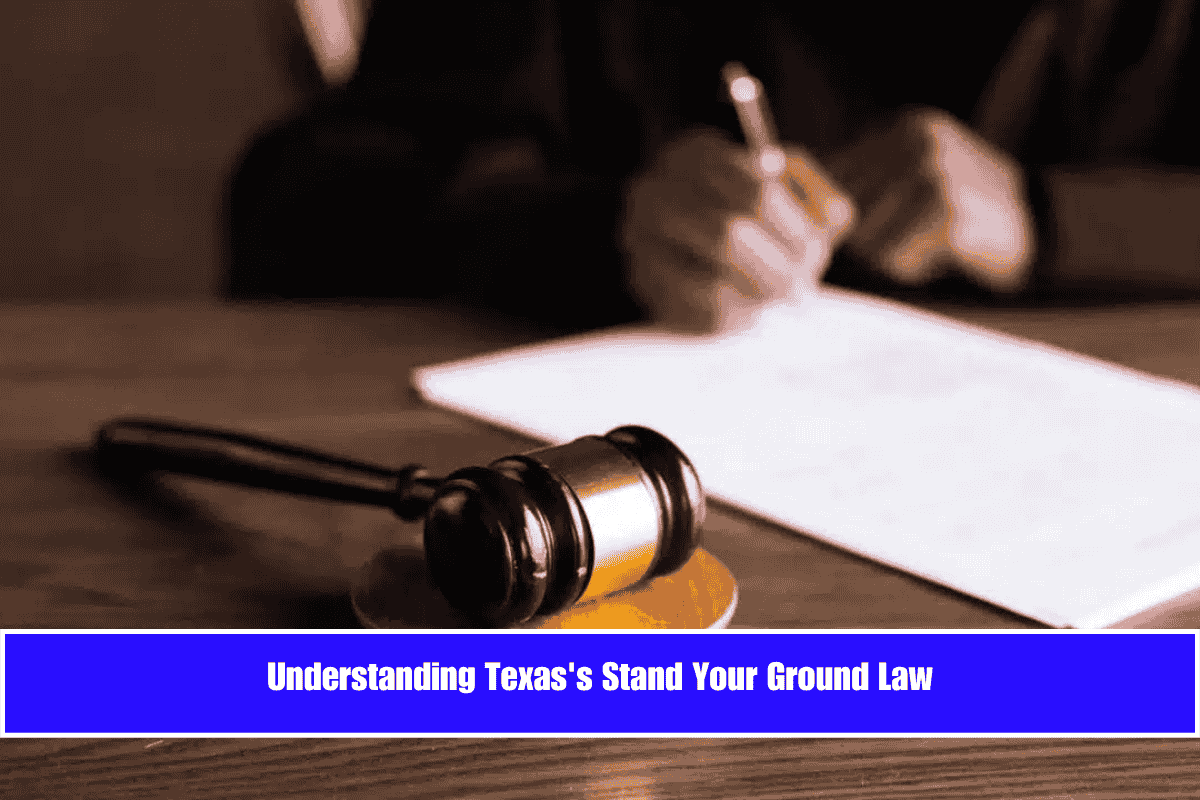Texas’s Stand Your Ground law gives individuals the right to defend themselves with force—including deadly force—if they are threatened, without any legal obligation to retreat, as long as they are in a place where they have a legal right to be.
Key Principles
- No Duty to Retreat:
If you are lawfully present—such as in your home, vehicle, workplace, or any public place—you do not have to attempt to escape or retreat before using force in self-defense. - Reasonable Belief of Threat:
The law allows you to use force only if you reasonably believe it is necessary to protect yourself or others from imminent harm, serious bodily injury, or death. - Proportional Force:
The force used must be proportionate to the threat faced. Deadly force is only justified if you believe it is necessary to prevent specific violent crimes (such as murder, sexual assault, kidnapping, or robbery). - Location Matters:
Stand Your Ground applies anywhere you have a legal right to be—not just in your home (the “Castle Doctrine”), but also in your car, at work, or in public spaces.
Limitations and Conditions
- You Cannot Be the Aggressor:
You cannot claim Stand Your Ground protection if you provoked the conflict or were engaged in illegal activity at the time. - Immediate Threat Required:
There must be an immediate threat of harm. Using force against someone who is retreating or no longer poses a danger is not protected. - Legal Consequences:
Misjudging the situation or using excessive force can lead to criminal charges, such as aggravated assault or manslaughter.
Castle Doctrine vs. Stand Your Ground
| Principle | Where It Applies | Duty to Retreat | Use of Deadly Force |
|---|---|---|---|
| Castle Doctrine | Home, car, workplace | No | If facing unlawful entry or threat |
| Stand Your Ground | Anywhere you’re legal | No | If facing imminent threat |
Texas’s Stand Your Ground law empowers individuals to defend themselves without retreating, provided they are not the aggressor, are lawfully present, and reasonably believe force is necessary to prevent imminent harm.
The law is an extension of the Castle Doctrine, applying to a broader range of locations and situations, but always requires that force used is reasonable and justified by the circumstances. Misuse or excessive force can still result in prosecution, so understanding the law’s boundaries is essential.
Sources
- https://www.sanantoniocriminaldefense.com/blog/using-texas-s-stand-your-ground-law-in-criminal-defense
- https://guides.sll.texas.gov/gun-laws/stand-your-ground
- https://austinhageelaw.com/legal-blog/stand-your-ground-law-tx/
- https://en.wikipedia.org/wiki/Stand-your-ground_law
- https://wilderfirm.com/understanding-stand-your-ground-laws-in-texas/
















Leave a Reply